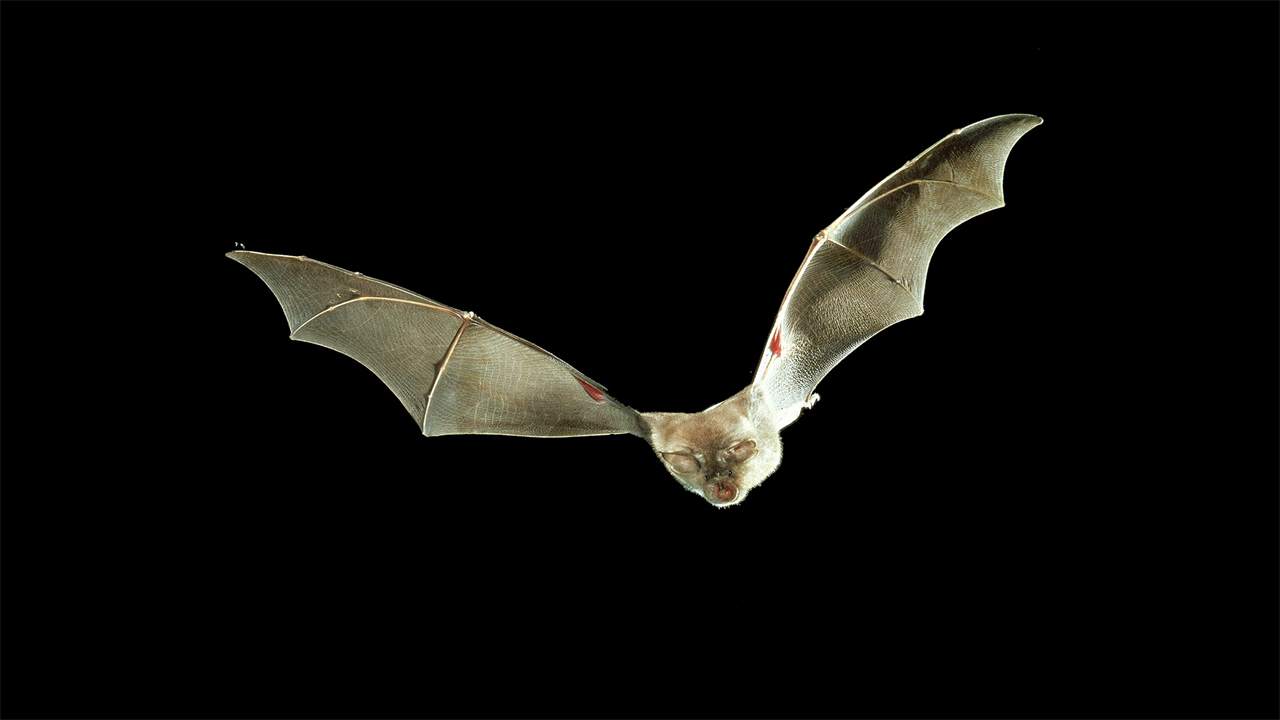How Do Bats Resist COVID? Insights Could Lead to New Treatments for Humans
0 View
Share this Video
- Publish Date:
- 17 September, 2021
- Category:
- Covid
- Video License
- Standard License
- Imported From:
- Youtube
Tags

Using bats’ responses to SARS-CoV-2 could provide important insights into therapies for COVID-19.
A paper published in the prestigious journal Science Immunology explores the idea that studying bats’ responses to SARS-CoV-2 could provide important insights into how and when to best use existing therapies for COVID-19 and to develop new treatments. develop.
The review, led by Professor Marcel Nold and associate professor Claudia Nold, of Monash University’s Department of Pediatrics and the Hudson Institute of Medical Research, written in collaboration with colleagues in Australia and China, is an important assessment of how the virus that affects the current pandemic is wreaking havoc on the human immune system.
Since the first identification in December 2019, SARS-CoV-2 has mutated and the variant strains Alpha, Beta and Delta are more infectious than the original strain. In particular, the Delta strain is again 60-79 percent more transmissible than the Alpha mutant, and presumably more deadly, Professor Nold said.
He says there is still an urgent need for effective therapies, at least in part because of the emergence of mutations.
The authors warn that “preventing SARS-CoV-2 infection, or enabling patients to eradicate it, is the ultimate goal in fighting COVID-19: but it is uncertain when either will reliably be possible.” will be.”
“Therefore, efforts to identify safe and effective therapies to prevent COVID from progressing to the moderate and severe stages of disease are critical in the fight against the disease,” said Professor Nold.
Bats contract the virus, but show minimal disease. The authors say that “preventing progression to serious disease, or treating it effectively — in other words mimicking bats — would significantly alleviate suffering and save lives.”
According to associate professor Nold, studying how bats resist coronaviruses holds significant promise not only for infections with SARS-CoV-2, but will also “better prepare us for the next epidemic or pandemic.”
The review says the common ancestor of the current COVID virus likely appeared in bats between 40 and 70 years ago, “although the exact bat species or intermediate host involved in the 2019 outbreak remains elusive.”
Although bats can infect each other with SARS-CoV-2, they show no clinical effects, nor do they exhibit the same lung problems that so severely affect humans.
The authors suggest that some of the ways bats appear to resist COVID could be used in therapies, such as refining the human immune response to the virus in ways that bats appear to use, including boosting type I and III interferon responses or — once serious disease has developed – blocking inflammasomes to mimic what happens in bats.
Associate professor Nold says this “could minimize the excessive inflammation, immune depletion and the cytokine storms experienced in humans.”
Based on these insights, the interdisciplinary authors comment on the best strategies regarding the choice and timing of different treatments available today, and on currently underdeveloped avenues that may show promise in alleviating the suffering caused by COVID-19 worldwide. .
Reference: “Of Bats and Men: Immunomodulartory Treatment Options for COVID-19 Guided by the Immunopathology of SARS-CoV-2 Infection” September 17, 2021, Science Immunology.
DOI: 10.1126/sciimmunol.abd0205










